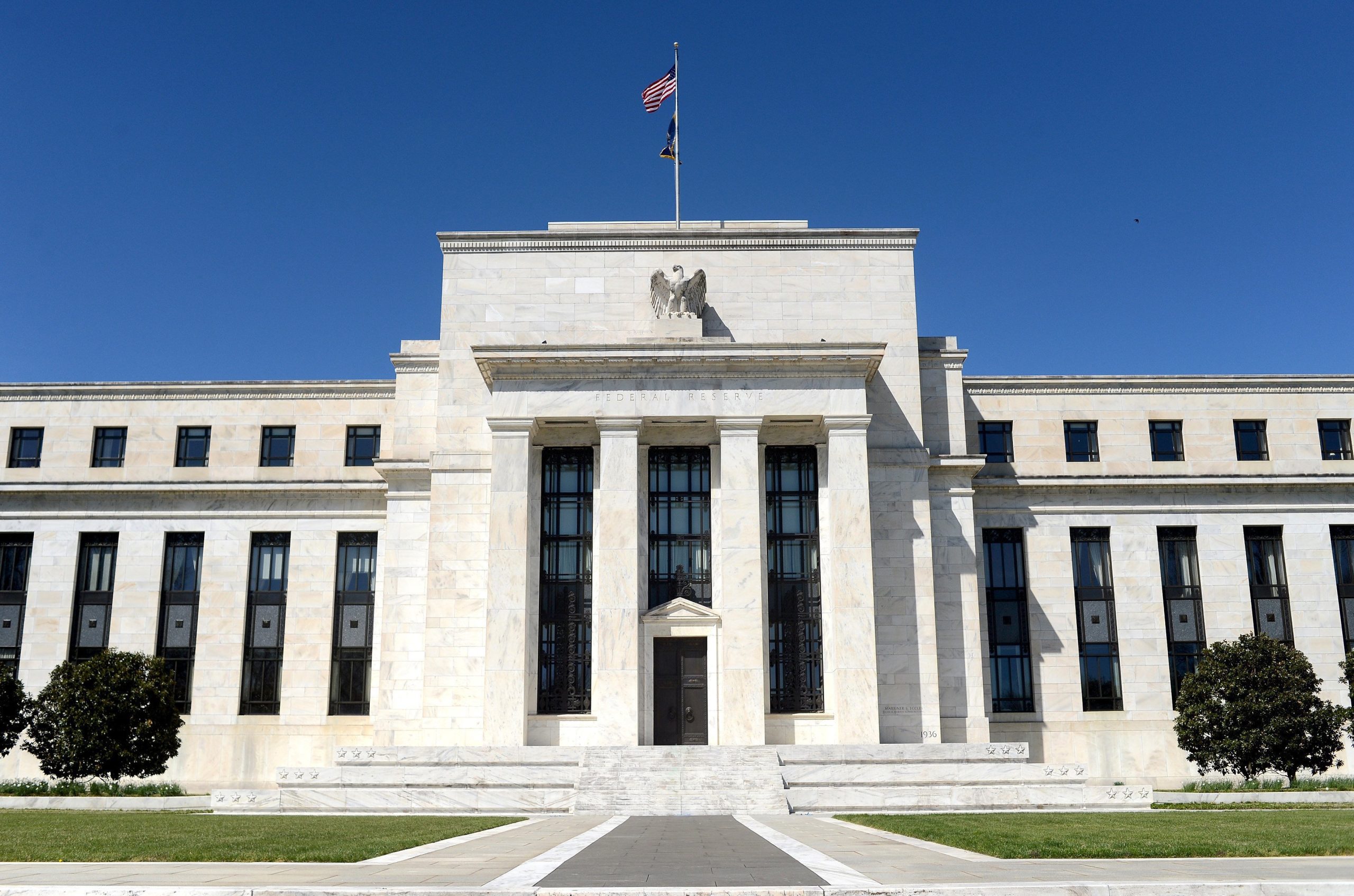In the summer of 2025, the U.S. economy finds itself in a peculiar bind. Inflation has been cooling steadily, dropping below the Federal Reserve’s 2% target in recent months, yet the Fed, under Chair Jerome Powell, has stubbornly refused to lower interest rates from their current range of 4.25% to 4.5%. This decision has sparked widespread criticism, labeling it a “fiasco” that hampers economic growth, burdens consumers with high borrowing costs, and ignores clear signals for monetary easing. Critics argue the Fed is overly cautious, perhaps influenced by political pressures or fears of reigniting inflation through external factors like tariffs. Drawing from alternative economic analyses and conservative perspectives, this post dives into the controversy, explores whether Powell might be forced out, and examines when rate cuts could finally breathe life back into the struggling real estate market.
The Heart of the Fiasco: Why No Rate Cuts Despite Tamed Inflation?
The Federal Reserve’s benchmark rate has remained unchanged for five consecutive meetings, even as core inflation ticked up slightly but overall trends show cooling. Proponents of cuts, including Fed Governors Michelle Bowman and Christopher Waller—who dissented in the latest vote—point to signs of a cooling labor market and argue that holding rates high risks unnecessary economic drag. Inflation data from recent months supports this: prices have stabilized, with some sectors even deflating, yet the Fed cites uncertainty from potential policy changes, like tariffs, as a reason to wait.
From a free-market lens, this hesitation is seen as a classic example of central bank overreach. The Mises Institute has long criticized the Fed for distorting housing affordability through prolonged high rates, arguing that Powell’s policies exacerbate the very issues they aim to solve. ZeroHedge echoes this, suggesting the Fed’s refusal to cut is tied to broader economic manipulations, potentially setting the stage for a dollar crisis if rates aren’t adjusted soon. Conservative outlets like Breitbart highlight internal Fed support for immediate cuts, noting Governor Waller’s backing of calls to ease policy without waiting for tariff-induced inflation fears.
President Trump’s administration has amplified the pressure, accusing Powell of being “too late” and threatening legal action over a $3.1 billion Fed building renovation project deemed wasteful. On X, users like @pulse_trump have spotlighted Trump’s demands for rate cuts to boost the economy, arguing high rates are stifling growth unnecessarily. This standoff isn’t just economic—it’s political, with the Fed walking a tightrope between independence and external influences. Analysts from The Epoch Times suggest the Fed’s caution stems from tariff worries, but data shows inflation remains low, making the holdout seem unjustified.
Is Jerome Powell on the Chopping Block?
Speculation about Powell’s future has reached fever pitch. Rumors on ZeroHedge claim he might resign as early as this week under mounting pressure, allowing a replacement to slash rates dramatically. House Republicans, led by Trump allies, have hit Powell with a criminal referral over alleged misrepresentations about the Fed’s renovation costs, fueling calls for his ouster. Breitbart reports on a potential crisis at the Fed, where Powell has refused to confirm he’ll step down next year, invoking historical legal quirks that could allow Trump to reshape the central bank.
However, not all sources predict an imminent exit. The Mises Institute notes skepticism from insiders like Maggie Haberman, who doubts Trump will fire Powell outright, though “anything is possible.” On X, posts from users like @DONNARAE1231 and @sheri_kay34399 demand Powell’s removal, accusing him of sabotaging growth amid tariff debates. Satirical takes, such as from @TheBabylonBee, joke that Powell won’t cut rates until it won’t benefit Trump, highlighting perceived partisanship. Legally, Trump can’t directly fire Powell, but intense pressure—combined with resignations like that of Fed Governor Adriana Kugler—could force his hand. As of August 14, 2025, no resignation has been announced, but the drumbeat grows louder. If forced out, it could signal a shift toward more aggressive easing, though at the risk of politicizing the Fed further.
When Will Rate Cuts Revive the Real Estate Market?
The real estate sector has been hammered by high rates, with home sales frozen and affordability at lows not seen in decades. If the Fed finally cuts—analysts predict a half-point drop in September, with more to follow—how long until it positively impacts housing?
Expert forecasts suggest a lag of 6-12 months before cuts meaningfully boost the market. Lower rates would reduce mortgage costs, currently hovering in the mid-6% range for 30-year fixed loans, encouraging buyers and sellers back in. This timeline means that if cuts start in fall 2025, positive effects like increased inventory, stabilized prices, and higher sales volumes could emerge by early to mid-2026. However, some markets may see declines in prices through 2025 before rebounding, while others continue rising modestly.
Fortune notes that a weakening housing market could ironically push the Fed toward cuts sooner, offsetting tariff inflation risks. But J.P. Morgan warns the market will remain “largely frozen” through 2025, with growth subdued at 3% or less. For buyers, the sweet spot might be that 6-12 month window post-cuts: time to acquire properties before prices surge as demand ramps up.
Wrapping Up: A Fed in Flux
The Fed’s refusal to cut rates despite cooling inflation feels like a self-inflicted wound, prioritizing caution over growth in a politically charged environment. Powell’s tenure hangs in the balance, with speculation of a forced exit intensifying, though no concrete action has materialized yet. For real estate, relief is on the horizon but delayed—expect tangible positives in 2026 if cuts proceed as forecasted. As always, central banking’s interventions come with trade-offs, and voices from Mises to Breitbart remind us: true economic freedom might lie beyond the Fed’s grasp. Stay tuned; with tariffs and elections in play, this fiasco is far from over.


 Facebook
Facebook
 X
X
 Pinterest
Pinterest
 Copy Link
Copy Link
